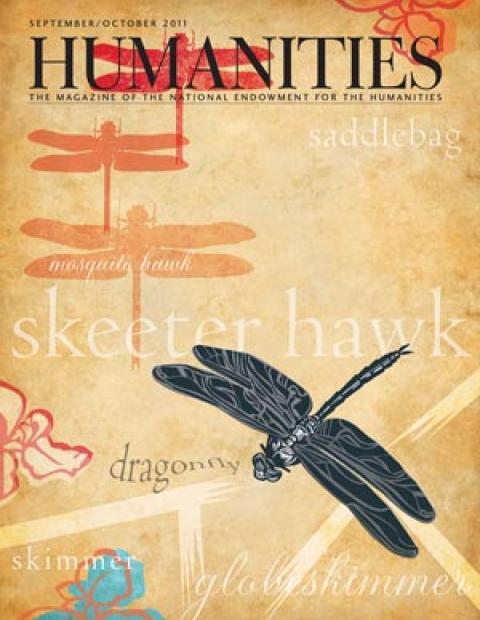Many of the oral histories Lee Bloxom has recorded of farmers who lived on the Eastern Shore of Virginia during the 1930s and ’40s deal with the minutiae of everyday farm life—how to plant a sweet potato or kill a hog. But undergirding their stories of rural existence is a sense that life was changing, and irrevocably so, on this remote tip of the Delmarva Peninsula. The Great Depression and World War II crept into, and then saturated, their daily lives.
During the thirties, families on the Eastern Shore who had subsistence farms were fairly immune to the hunger and hopelessness that gripped those in other parts of the country. “They didn’t need a lot of money because they grew everything they needed,” Bloxom says. “So there wasn’t this sense of hunger or despair. Many people told me that ‘at least we weren’t hungry. We fared better than people in the cities.’ That’s what they said over and over again.”
But if those on the Eastern Shore had been somewhat removed from the effects of the Depression, World War II was inescapable. Draft-age men generally had two reactions to the war, Bloxom says. “One was . . . ‘I can carry one rifle, but I can feed one hundred people,’ and they were people who got exemptions and who remained because they felt they could do more good that way. And then there were other people who said, ‘I’m not going to hide behind the backside of a mule. If I’m called up, I’m going to go.’ So they went and served.”
For those who remained on the Eastern Shore, the threat of German U-boats off the coast, rations, and blackouts were part of their daily lives. While German soldiers never made it ashore, the residents had a civil defense system and implemented blackouts so that U-boats would not be able to target their communities. Bloxom’s father, who grew up in the area, reported that “they had medic supplies over the garage in case they were needed and blackout curtains. You had to paint the upper half of your headlights so they wouldn’t shine up, so you could barely see when you were driving at night.”
Eastern Shore residents sometimes hosted American soldiers who were posted on the coast. Pierce B. Taylor Jr. and his parents made a makeshift dormitory for the soldiers in their corn stack. “We got to the point where we learned the boys,” he said. His mother fixed “them hot sandwiches and . . . hot coffee,” and if the weather “was too bad, the kitchen was open to ’em with the woodstove going all night in there.” What the soldiers craved, though, was salted fish. “Daddy would soak it out and get it fresh, and it had a little bit of relish from the salt into it. . . . And I was just like those boys were, the soldiers—there was nothing like those fish cakes.”
Bloxom has posted the transcript of Taylor Jr.’s interview, along with others, on easternshorestories.wordpress.com. She also created an exhibition with pictures, text, and sound recordings from the project which was displayed last April at Virginia Commonwealth University, where she is a doctoral candidate in Media, Art, and Text and teaches documentary studies and academic research and writing. Another exhibition showed at the Visual Arts Center of Richmond from June 24 to August 7, where she teaches creative writing.
For her project, supported by the Virginia Foundation for the Humanities, Bloxom has so far interviewed thirty-four people. She is finding it difficult to track down the farmers because there were “big shifts” in the population in the 1930s and ‘40s. “Especially during World War II, a lot of tenant families picked up and moved to Philadelphia and other cities where they could earn a lot more money and the work wasn’t as hard or seasonal,” she explains. “And if you were a tenant farmer . . . you were more likely to encourage your children to do something else.”


